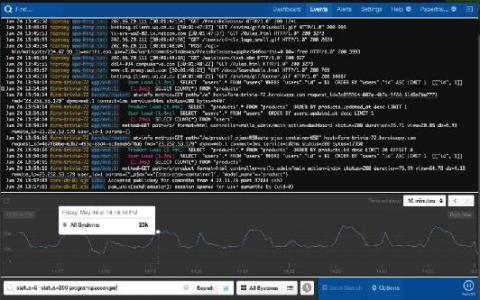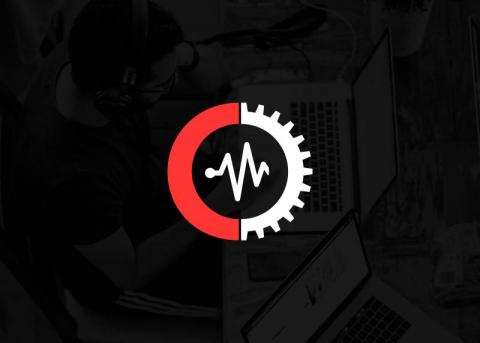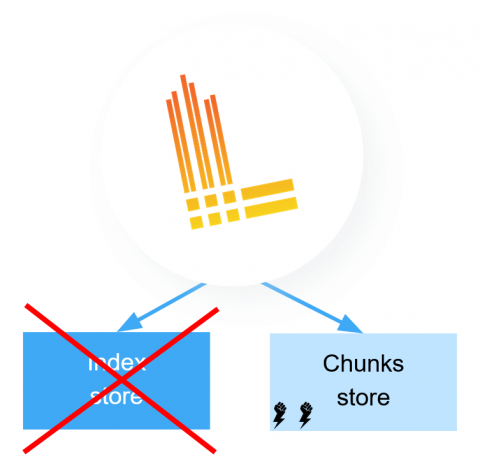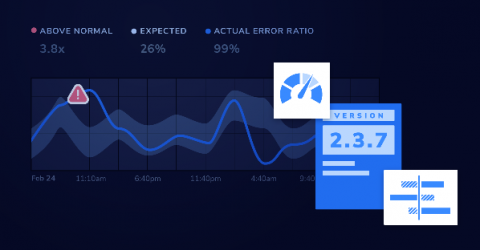Operations | Monitoring | ITSM | DevOps | Cloud
Latest News
GrafanaCONline Day 7 recap: The past, present and future of Loki, and making dashboards that tell stories
GrafanaCONline is live! We hope you’re able to check out all of our great online sessions. If you aren’t up-to-date on the presentations, here’s what you missed on day 7 of the conference.
How to easily correlate logs and APM traces for better observability
Application performance monitoring (APM) and logging both provide critical insight into your ecosystem. When paired together with context, they can provide vital clues on how to resolve problems with your applications. As the log data you analyze becomes more complex, navigating to the relevant pieces can be tricky using traditional tools. With Elastic Observability (powered by the Elastic Stack), correlating logs with APM is as simple as a few clicks in Kibana.
Announcing Graylog v3.3
Today we are officially releasing Graylog v3.3 This release includes enhancements to search, events, and alerts that introduce greater efficiencies to your daily log management efforts and strengthen your audit and compliance capabilities. Please read on for detailed descriptions of each feature.
The Next 12 Months - Where IT Leaders Anticipate Spending More Time On
IDG’s recent “State of the CIO” survey across IT leaders has revealed the impact of COVID-19 on IT organizations and the sudden and unforeseen shifts of their initial 2020 plans.
Loki v1.5.0 released, with no more dependency on a separate index store
Today we released version 1.5.0 of Loki! This release comes with some really exciting news and a little bit of caution if you operate Loki installations.
How DevOps Monitoring Impacts Your Organization
DevOps monitoring didn’t simply become part of the collective engineering consciousness. It was built, brick by brick, by practices that have continued to grow and flourish with each new technological innovation. Have you ever been forced to sit back in your chair, your phone buzzing incessantly, SSH windows and half-written commands dashing across your screen, and admit that you’re completely stumped? Nothing is behaving as it should and your investigations have been utterly fruitless.
The Cost of Building an In-House Monitoring Solution for Metrics
Computing environments are constantly changing. Back when an on-premises server hosted your work, your infrastructure and applications were easy to track. Now that you’re developing in the cloud, things are more challenging. You’re learning that each team within your organization uses a different monitoring tool. At this point, you may be wondering if it’s time to build your own monitoring solution with open source tools at its core that everyone can use.
Adopting Distributed Tracing: Finding the Right Path
Derbyshire Fire & Rescue Service: Fighting cybersecurity fires with Splunk
Everyone at Splunk is very proud of the amazing things that our customers and partners do with their data. It is always extra special when one of those organisations is really doing good and looking after us all in our daily lives. I’m delighted to share one of those stories from the Derbyshire Fire & Rescue Service (DFRS) who is using Splunk as its data-driven SIEM.










